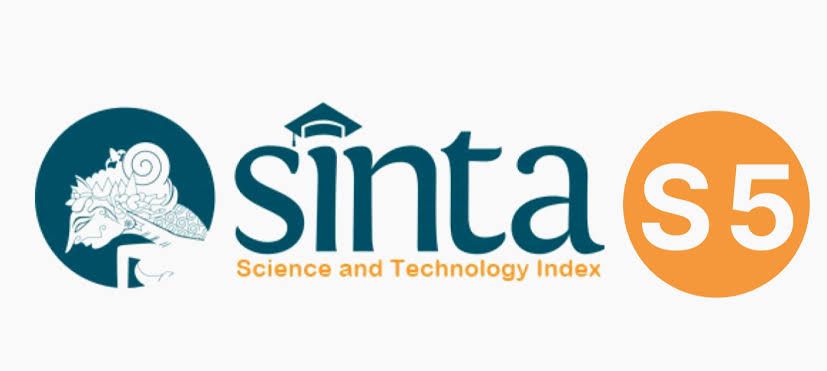The Role Of Ventriculoatrial Shunts For The Shunt Placement In Modern Medicine : A Case Report
DOI:
https://doi.org/10.32734/aanhsj.v3i1.5945Keywords:
pediatric, hydrocephalus, shunt revision, ventriculoperitoneal shunt, ventriculoatrial shuntAbstract
Introduction: Although Ventriculoatrial (VA) shunt is one of the oldest solution for hydrocephalus, after the recognition of serious complication and operative difficulties, VA shunt procedure has fallen into disrepute. Since 1970s, most of neurosurgeons has changed their practice from VA shunt to ventriculoperitoneal (VP) shunt. It provides a prolong relief of intracranial pressure and easy to be performed. However, shunt revision may still be expected due to shunt infection, obstruction, migration and so on. When the peritoneum is precluded and no more available owing to the intra-abdominal adhesions, local sepsis and scarring from the previous surgery, VA shunt can be one of the choices to do the shunt revision. Whenever laparotomy for VP shunt has high possibility of serious complications and operative difficulties due to preexisting peritoneal compolication, VA shunt can be a safe and effective alternative in the neurosurgeon’s armamentarium for the cerebrospinal fluids (CSF) drainage.
Case Report: In this case report, we described a case of premature 6-month-old baby boy with hydrocephalus, whose abdominal cavity had the previous history of peritonitis and stoma placement. Â
Result: Because his abdominal condition excluded placement of a distal catheter for VP shunt, VA shunt was planned as alternative procedure for VP shunt.
Conclusion: Role of VA shunt in the era of modern neurosurgery is also discussed based on the literature review.
Downloads
Downloads
Published
How to Cite
Issue
Section
License
Copyright (c) 2021 Asian Australasian Neuro and Health Science Journal (AANHS-J)

This work is licensed under a Creative Commons Attribution-NonCommercial-NoDerivatives 4.0 International License.
The Authors submitting a manuscript do understand that if the manuscript was accepted for publication, the copyright of the article shall be assigned to AANHS Journal.
The copyright encompasses exclusive rights to reproduce and deliver the article in all forms and media. The reproduction of any part of this journal, its storage in databases and its transmission by any form or media will be allowed only with a written permission from Asian Australasian Neuro and Health Science Journal (AANHSJ).
The Copyright Transfer Form can be downloaded here.
The Copyright form should be signed originally and sent to the Editorial Office in the form of original mail or scanned document.














